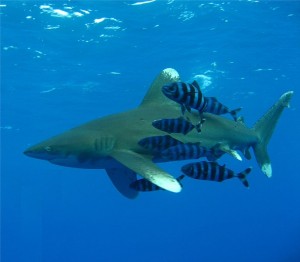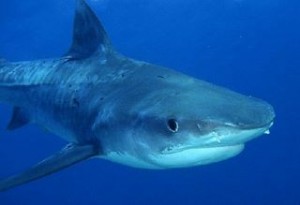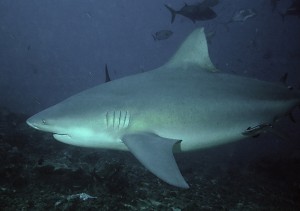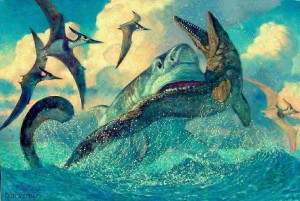The USA has the most reported shark attacks in the world. What could be the reason for this? Are Americans so well nourished that they taste better? Could be, but all the references I have read say that a shark attack is most probably an “accident”. The shark had mistaken the human for his more usual meal such as a seal or another fish.
One reason the United States is at the top of the list is that the U.S. has a very large combined coastal shoreline. Another reason is the increase of recreational marine activities, and recreational marine activities expose people to all aquatic dangers including shark attacks.
No doubt, a high level of reporting of attacks is also a factor. Not all coastal countries publish a complete record of shark attacks. Publishing such reports could adversely affect the tourist trade. In addition to the USA some of the other countries that have reported shark bites are Africa, Central & S Am, Australia and Pacific Islands.
In the U.S 60% of all shark attacks are reported by the state of Florida. California reports about 15%, this is closely followed by Hawaii. Most coastal states have at one time or another reported a shark attack. Most of the attacks are not fatal. Most of the attacks are done by a contact bite, then the shark swims away. The victim can be left with a maiming wound or deformity. Fatal attacks are mainly due to the bull shark, tiger shark, or the great white shark and the Oceanic white tip shark. (Pictures and information about these sharks can be found at [link id=’2013′]). In recent years the entire east coast has had a growing problem with aggressive sharks. The reason for the increase is being researched.
Overall shark attacks are extremely rare – “Lightning strikes humans more often than sharks bite humans”. The International Shark Attack File reports that world wide there are 50 – 70 unprovoked shark attacks a year. The number of shark attacks is increasing because the human population is increasing and recreational use of the shark habitat, oceans and coastlines, is increasing. Even though there are 50 to 70 attacks a year the number of fatalities are low.
Wikipedia has a list of the fatal, unprovoked shark attacks in the US. The records start in 1779 up to the recent. The more recent records state the age of the victims and other information that is interesting reading and gives some explanation of the event. A summary of the records show that there were 13 deaths from 2000 to 2010. Three of the years, 2002, 2006 and 2007, did not have any deaths. The years 2001 and 2004 had 3 deaths each. So far in 2010 there have been two reported deaths due to shark bites, but the year is not over.







